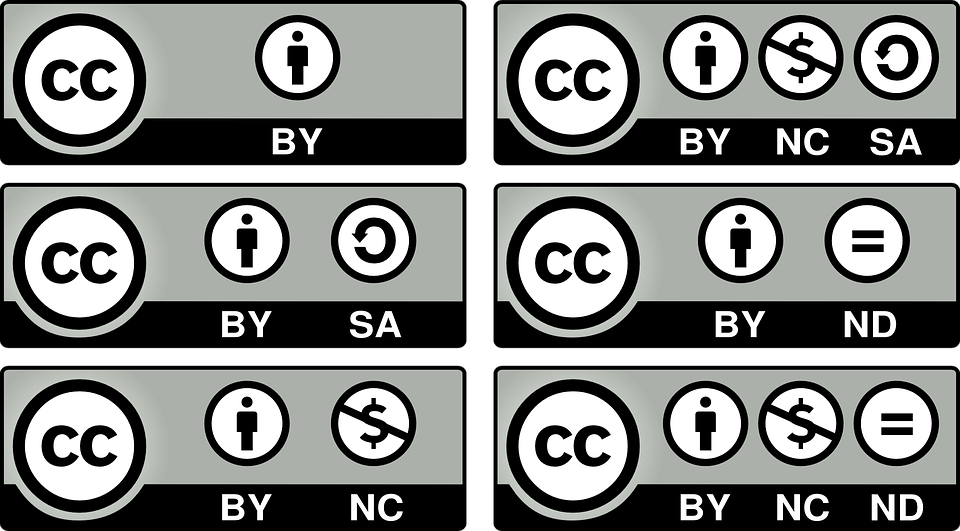This is the third part of an initial 5,000 word draft of a specially commissioned piece on the commons and Creative Commons. It’s for an open-access online glossary on the contemporary condition and near future that’s being produced by the Chinese Academy of Art.
Creative Commons has been widely praised for fostering a culture of sharing, remixing and reuse within the framework of copyright law, while still preserving certain rights for creators and content owners. To this end it offers several types of licenses, ranging from the most restrictive (Attribution-NonCommercial-NoDerivatives, or BY-NC-ND) to the least restrictive (Attribution, or CC-BY), as well as the CC0 public domain legal tool, which enables creators to waive their copyright entirely. These licenses and tools allow authors, artists and educators to share their work (and, importantly, to receive acknowledgment, recognition and respect for it), while granting others varying degrees of freedom over what they can and cannot do with it.

